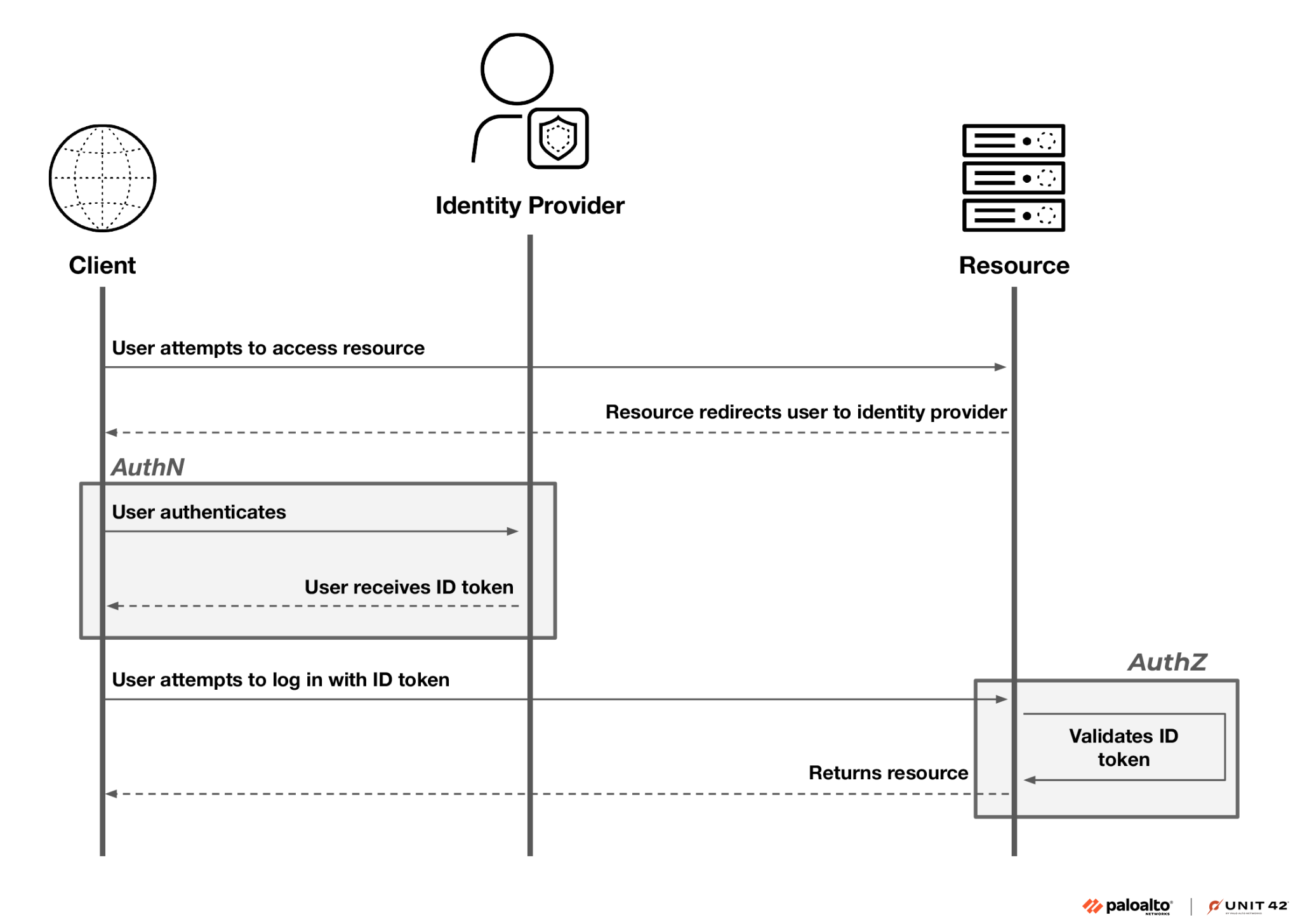
ReadGMSAPassword is a technique where attackers exploit misconfigured Group Managed Service Accounts (gMSA) in Active Directory to access their passwords, enabling lateral movement and privilege escalation. Attackers can utilize these credentials for various malicious activities, including Pass-the-Hash attacks, if permissions are not correctly configured. Proper security measures and monitoring are crucial to preventing these vulnerabilities.…
Read More 














